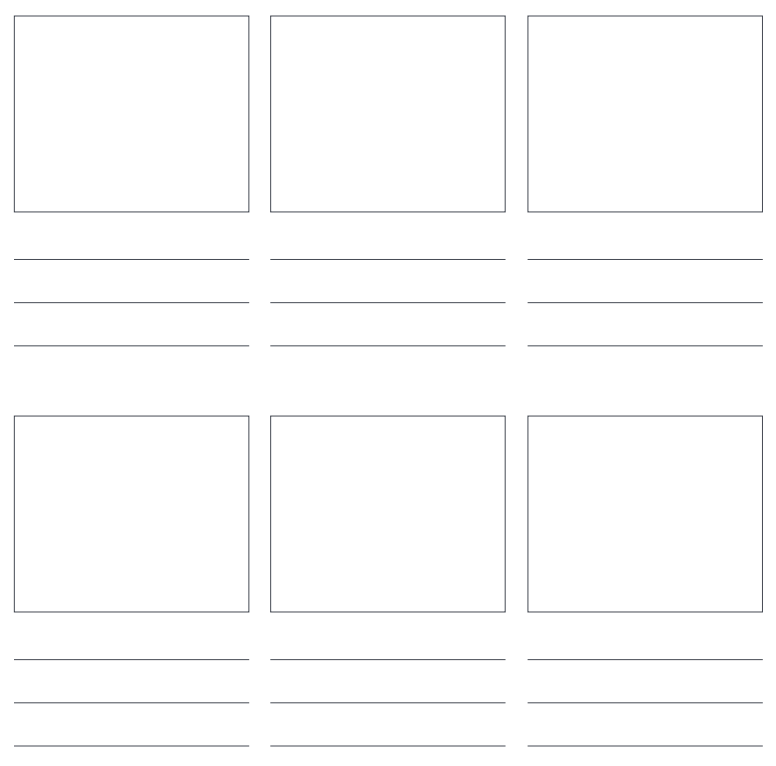Thank you for visiting the Innovation Toolkit
Understand User
|Storyboarding
Stories add a human element to design and data analysis activities. They foster empathy and let designers walk in the users’ shoes, increasing understanding of needs, activities, interests, and pain points.
Session Length: 60+ minutes Group Size: 4+ people Prep Time: 30+ minutes
WHEN
Use Storyboarding early in the design process when exploring new ideas or potential applications, or later in the design process when the team has a mature idea they want to visually explore and refine.
WHY
This approach helps to visually document use cases, scenarios, and system interactions. A quick storyboard sketch can allow teams to explore new ideas and express them more effectively than text alone. This an inclusive, low-risk way for participants to introduce new ideas and quickly explore a wide range of potential scenarios.
HOW
STEP 1: Gather documented use cases, scenarios, etc.
STEP 2: Describe individual scenes and moments, using plain text and arrows to depict the sequence.
STEP 3: Make simple drawings of the described moments. Sketch a sequence of scenes that depict interactions between the user and the system.
STEP 4: Write brief descriptions to accompany each scene, detailing what the user is trying to do, how the user is feeling, and other contextual information.
STEP 5: Review the storyboard with the team and stakeholders to gather feedback.
STEP 6: Iterate through the process until the storyboard clearly represents the use case in question.
Storyboarding |Worksheet

Download this tool to print out and start using with your team. Each download includes a tool description and if applicable, a template and example.

